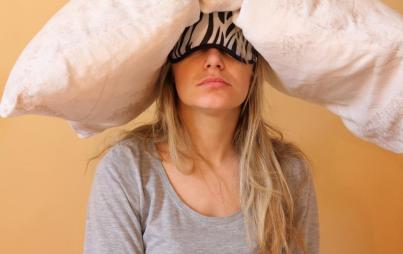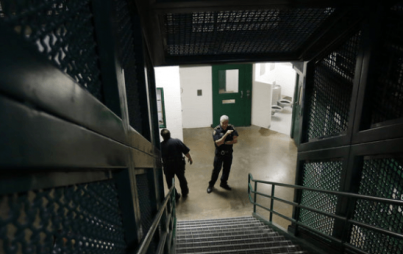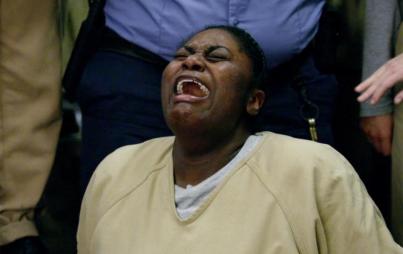
This is a guest post by Donna Leone Hamm, Judge (Ret.), executive director of the Middle Ground Prison Reform. Read more stories as part of Ravishly's special Conversation series on women in prison here.
“Women in prison” means different things to different people. To millions, the pop culture image of rampant lesbianism, incarcerated prostitutes, biker chicks and other stereotypes reinforces a superficial grasp of what is in reality a far more complex social situation.
According to the International Centre for Prison Studies, nearly one-third of all female prisoners worldwide are incarcerated in the United States. Presently, there are 210,000 women in prison in the U.S.; China is a distant second with 84,600. The female prison population consists of women who’ve been sexually, physically and emotionally abused since childhood, as well as those who are drug-dependent, those who have moderate-to-severe mental health issues, and some fewer who are criminally-inclined.
If we as a society do not want incarceration to be completely debilitating in the long-term, then we have to be willing to insure that the prison experience for female lawbreakers will truly help them overcome the deficiencies and problems that led to their criminal behavior in the first place. Because of their vastly lower numbers, women constitute a more realistic and constructive cohort for genuinely constructive pilot programs than the mens’ prisons.
A primary focus would be to avoid creating an environment for female incarceration that is a mirror image of the traditional male prison. Sincere and realistic identification of the problems and issues that led to criminal conduct should be factored into a formal classification and treatment program. One size does not fit all when it comes to prisoners, male or female.
Female prisoners have long been the stepchild of so-called corrections. Vocational programs often focus on “women’s work,” such as data entry rather than computer programming; sewing rather than skilled, unionized labor such as carpentry or electricity; minimum wage call-center work rather than entrepreneurial business skills. Sexual harassment by guards and other prison workers creates an atmosphere of collateral sexual terrorism for all female prisoners, even if they don’t become victimized by any prison staff. Female wardens, who sometimes oversee female prisons, have been promoted through a male-dominated system and they use that experience to administer female institutions.
All prisons, male and female, traditionally operate by removing self-autonomy and creating an artificial “enforced childhood,” for “security reasons.” But the assumptions that underlie that approach do not truly apply in the case of women in prison, because the approach results in continuing and reinforcing the second-class status that was an integral part of many women’s criminal activity. Breaking the chains of insecurity, low self-esteem, lack of education, and inadequate employment skills should form the focuses and goals of a correctional plan. Moreover, because of the less-volatile and less-dangerous environment in women’s prisons, there is a greater probability of voluntary and cooperative endeavors from outside human resources, including colleges and universities, retirees, business owners and leaders, and other volunteers. This would result in a plethora of new and more constructive treatment and educational opportunities and greater success at what is supposed to be the ultimate correctional goal—low recidivism.
The approach advocated here would also contribute, over time, to the amelioration of the tragically problematic collateral consequences of a criminal conviction, which affect all aspects of post-release reintegration in terms of limitations for housing, reunification with children, employment opportunities, voting rights and interpersonal relationships. Notwithstanding the argument that fewer people, including women, should be sentenced to prison in the first place, it is possible to achieve significant positive change in prisons for women than in the overwhelmingly massive system which currently exists for men.






